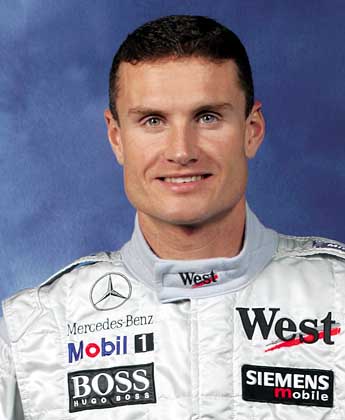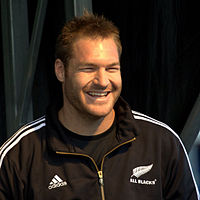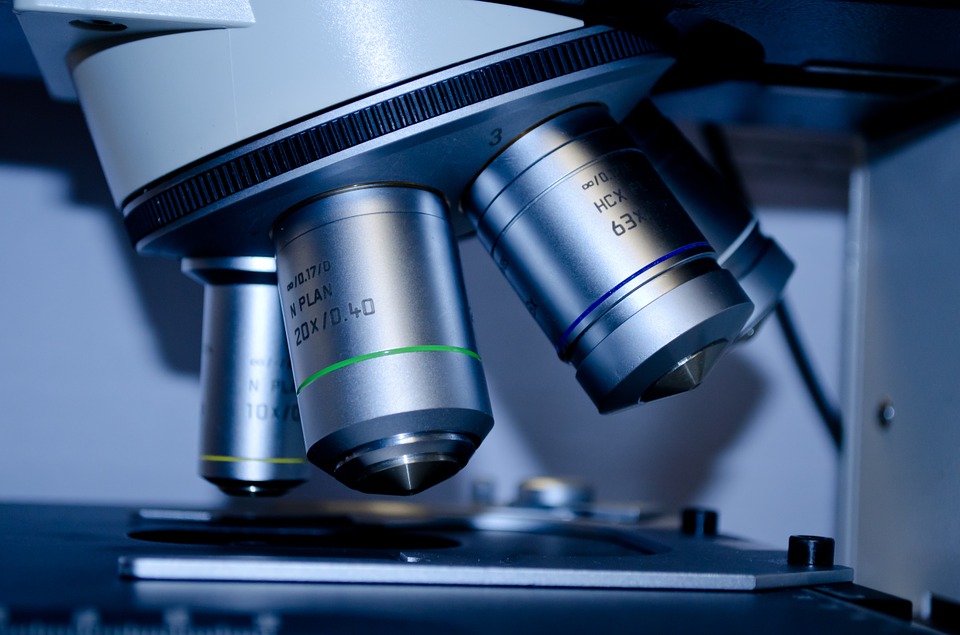
Our Overall Aim Is To Explore The Effects Of Chiropractic Care On Brain Function, Human Performance, And Health, Wellness And Quality Of Life.
More specifically, the objective of our research programme is to examine the impact of chiropractic care on brain function, and how this translates into improved proprioception, sensorimotor integration and better overall bodily control and function. Within this programme, we are not only exploring how chiropractic care may help restore dysfunctional central nervous system processes, but also whether chiropractic care prevents problems from developing in the first place.
Current State Of Knowledge
Sensorimotor integration is the ability of the central nervous system (CNS) to integrate afferent (incoming) information from different body parts and formulate appropriate motor outputs to muscles. Effective sensorimotor integration is essential when learning new skills and when performing tasks at home and in the workplace. Impaired sensorimotor integration may partially explain why people develop pain, why pain becomes chronic and why workers frequently injure themselves in jobs with a high level of repetitive activity and/or postural stress.
Over The Past Few Decades, The Adaptability Of The Central Nervous System Has Become Very Evident. What Is Also Becoming Clear Is That Chiropractic Care Has A Neural Plastic Mechanism.

We have proposed a model that assumes vertebral nerve interference represents a state of altered afferent input which is responsible for ongoing maladaptive central plastic changes that over time can lead to dysfunction, pain, injury and other symptoms. Thus a potential mechanism which could explain how chiropractic adjustments improve function is that altered afferent feedback from a vertebral nerve interference alters the afferent “milieu” into which subsequent afferent feedback from the spine and limbs is received and processed, thus leading to altered sensorimotor integration of the afferent input, which is then normalised by high-velocity, low-amplitude adjustments of the vertebral nerve interference. This theory is plausible considering that it is now well established that the human CNS retains its ability to adapt to its ever-changing environment, and that both increased and decreased afferent input leads to changes in CNS functioning.
Our research programme explores the basic science of the interaction between afferent input from the spine and limbs and will contribute to a solid scientific foundation that underpins our understanding of the effects of chiropractic care on motor learning and performance enhancement as well playing a role in injury prevention.
You can visit the website for the Centre for Chiropractic Research here









